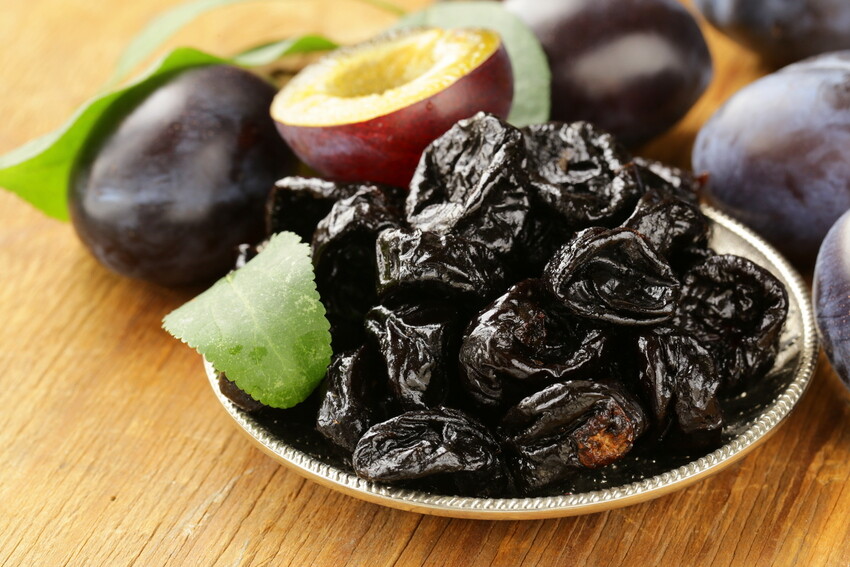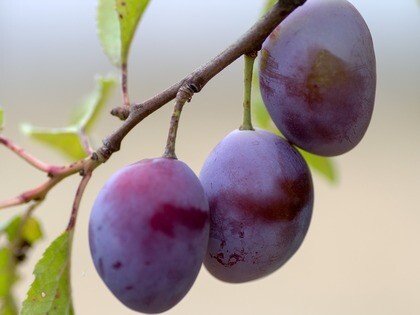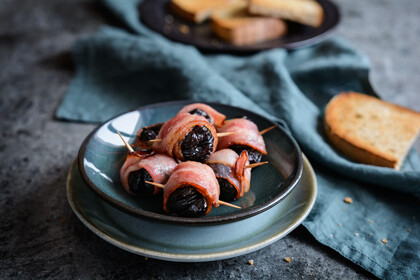


Prunes
A prune is simply a dried plum. Most of the plums that are grown for drying are European type plums, which have ‘freestone’ type pits.
This simply means they have pits which are easy to remove. Clingstone type plums are not suitable for drying; as the name implies, the stones are difficult to remove.
Prunes contain both sorbitol and a natural laxative compound called diphenyl isatin.
FORMATS
Whole Pitted
- Whole with Pits
- Chopped Prunes
OTHER POINTS TO NOTE
Prunes fell out of favour in the US because they were traditionally associated with relieving constipation.
This was such a negative association that the California Prune Board began to pressure the Food and Administration to change the name of prunes to dried plums.
The name change became official in 2000, and sales in the United Sta consequently improved!
COUNTRIES OF ORIGIN
Chile
- USA
- Argentina
- France
- Eastern Europe
HARVEST
- November to December
- March and April in Chile
VARIETIES
More than 1000 plum cultivars are grown for drying. The most common is the D'Argen, which is European in origin, but now widely grown across the word. Other varieities include Sutter, Tulare Giant, Moyer, Imperial and Italian.
NUTRIENT HIGHLIGHTS
- A good source of dietary Fibre
- A very good source of vitamin K
- Key minerals include Potassium Manganese and Copper
- 94% of the calorific value comes from Carbohydrate, of which 38% is from natural sugars
